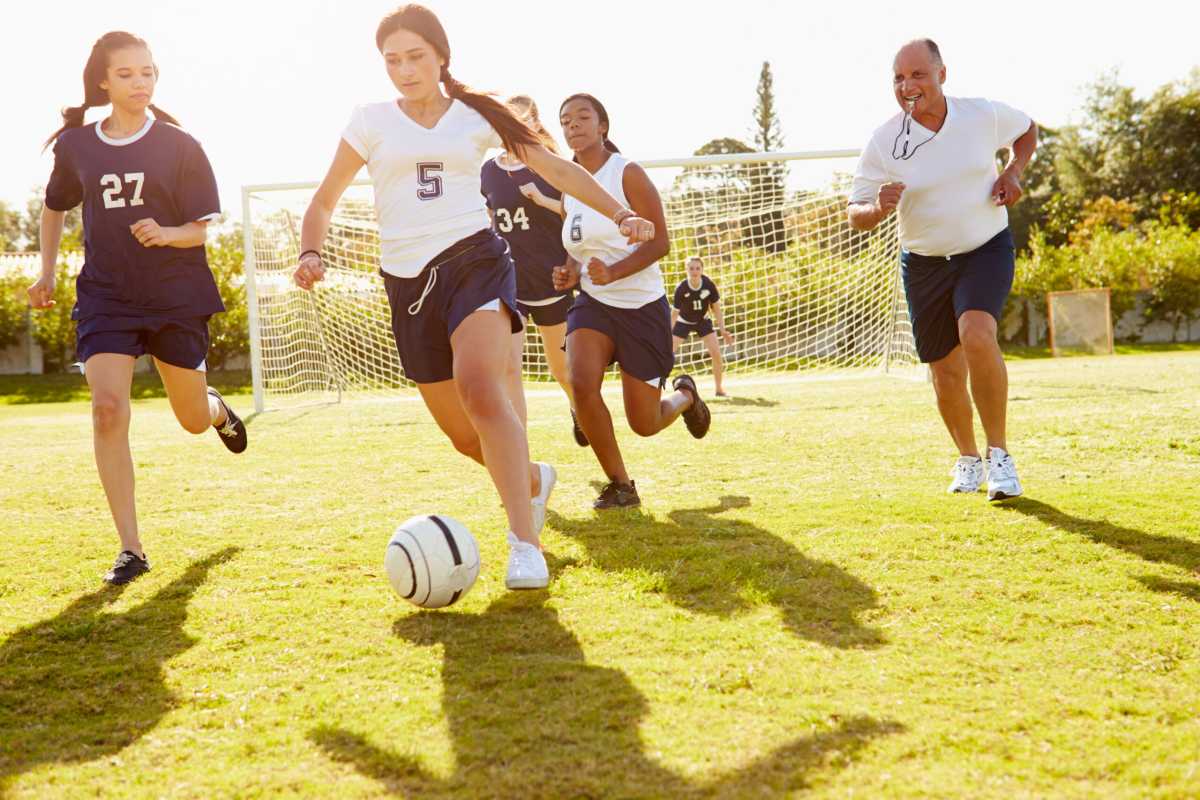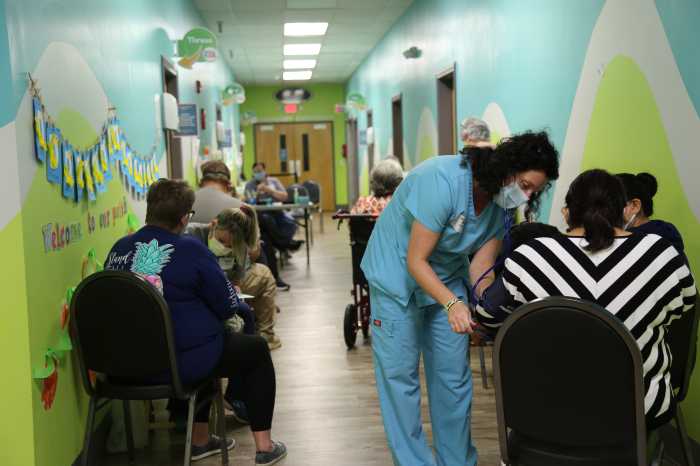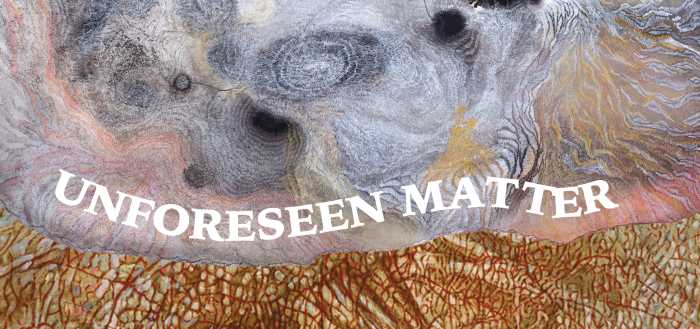Injury to the anterior cruciate ligament (ACL) is among the most common knee injuries with a yearly incidence of 200,000 in the United States, and around 70% of ACL injuries being a result of sports participation. Certain sports including football, soccer, basketball, and lacrosse place athletes at a higher risk for ACL injuries due to the cutting and/or contact nature of the sports.

With the high incidence of injury, many ACL injury prevention training programs have been established, primarily targeting neuromuscular balance and strengthening. This is particularly important for young female athletes, who are 2-8 times more likely to sustain non-contact ACL injuries than male athletes. This increased risk in females has been attributed to a number of factors including anatomic, hormonal, environmental, and biomechanical risk factors. With fall sports in full swing, getting youth athletes into an ACL prevention program is key.
ACL prevention programs
Consistently following an ACL prevention program has been shown to reduce risk of non-contact ACL injuries by 50% with this risk reduction being even higher in female athletes. Primary prevention programs focus on correcting motor patterns and landing mechanics that may place an athlete at higher risk of an ACL injury (See Keys to a Successful ACL Injury Prevention Program below). Such programs include a variety of drills and techniques targeting strength training of hamstrings, hip, core, and trunk.
While the content of prevention programs is variable, studies have shown that the most successful programs begin in the preseason and should be repeated three times per week for at least eight weeks during the season. These can be implemented by coaches or the team’s athletic trainers and continued at home once the exercises are learned.
Keys to a successful ACL injury prevention program
- Incorporates both strength and balance training, plyometrics and agility drills
- Includes sports-specific aspects
- Starts in the preseason and continues 3 times per week for 15-20 minutes through the season
- Includes performance analysis and feedback
- Screens for athletes at-risk for injury
What to do if you sustain an ACL injury
Symptoms of an ACL injury include knee instability, pain, and swelling. Patients oftentimes describe feeling a “pop” in the knee when the injury occurs. If you think you have experienced an ACL injury you should seek treatment with an orthopaedic sports medicine surgeon. There you will undergo a clinical examination and determine if further imaging such as an MRI is needed.
Dr. Bishop is a fellowship-trained, board certified orthopaedic surgeon who specializes in sports related injuries of the knee, shoulder and elbow. Her athletic history has given her a personal understanding of the importance of maintaining a healthy and active lifestyle. For more information, visit RothmanOrtho.com.

































